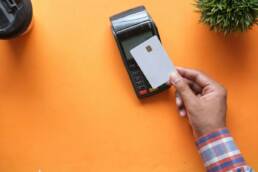As consumers, we hardly ever pause to consider how a thing was designed. What we don’t comprehend is how a product develops from an idea to the practical world. Instead, we decide to buy it because we like how it works or how much it costs.
What is a Prototype?
Importance of Prototype:
Designing Prototypes for People:
What changes has Prototyping undergone over time?
This has advanced with the rise of 3D printing, which has been the talk of the industry for the past few years. We can prototype more and immediately inside the office thanks to 3D printing. It’s completely changed the speed and the cost at which we can get prototypes. It’s made it much more affordable, and we can do much more of it, and more because the prototypes are printed right from the 3D CAD files. New materials, from plastics to metals to ceramics, are coming to market, enabling us to get even more functionality from 3D printing.
Conclusion:
It gives your audience the visual cues they need to visualize a product’s capabilities. A prototype should not be subjected to typical wear and tear conditions because it does not function like a finished product. Before full-scale production, the prototype phase enables you to test product features, manufacturing processes, and user experiences. To put in place and launch a successful product, you must use the feedback and data you get through prototype testing. The quicker you prototype, the quicker you can test, tweak, and promote your 3D product. Rapid prototyping offers you the chance to turn your project into a simple, product.



